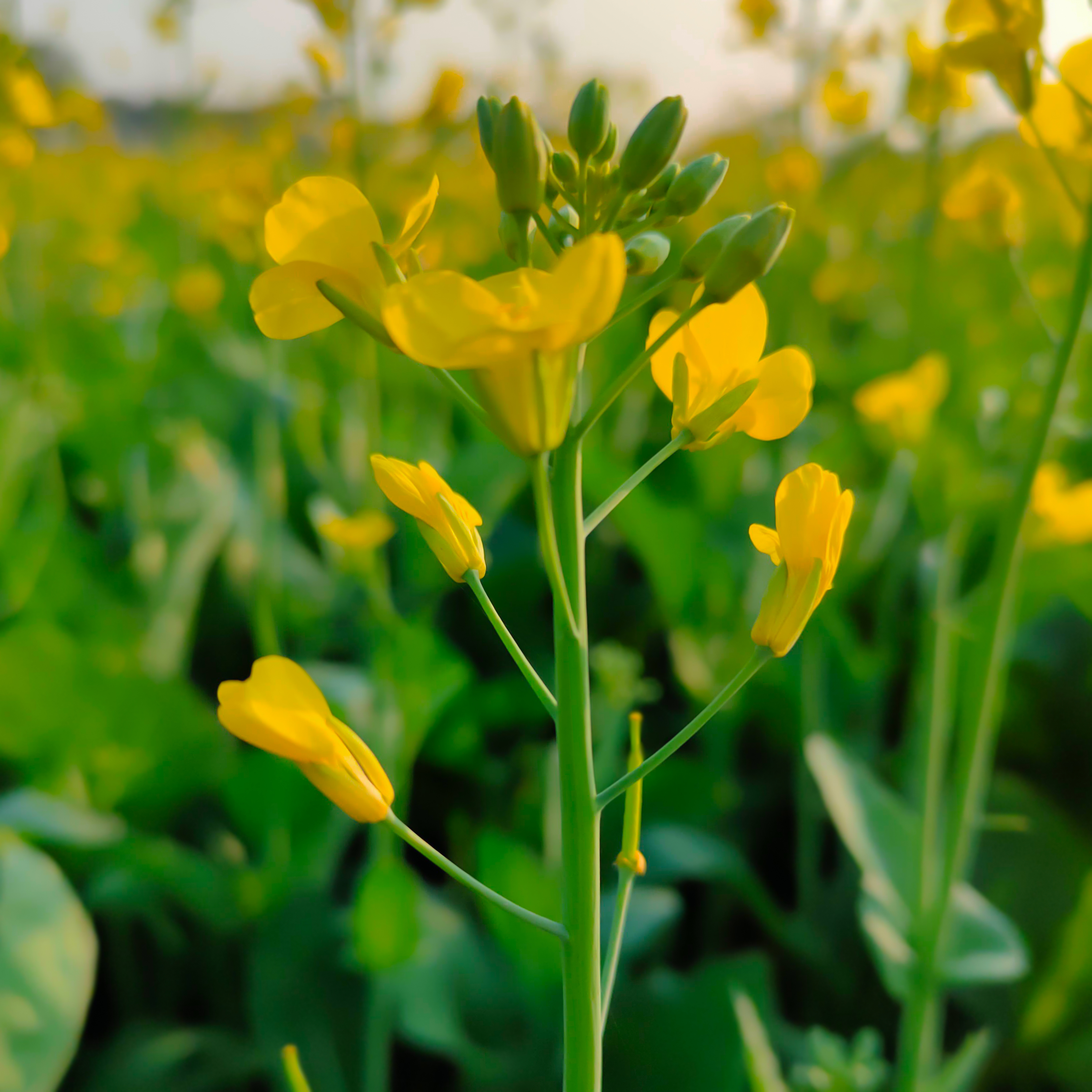|
Pa'O People
The Pa'O (; , , or ; ; Eastern Poe Karen: တံင်သူ; ; also spelt Pa-O or Paoh) are an ethnic minority living in Myanmar, with a population of roughly 1,200,000 accounting for approximately 2.1% of the total population in Myanmar. Other names of the Pa-O include PAOH, PaU, Taungthu, Taungsu, Tongsu and Kula. History The Pa'O settled in the Thaton region of present-day Myanmar around 1700 BC. Historically, the Pa'O wore colourful clothing until King Anawratha defeated the Mon King, Makuta of Thaton(also called Manuha). The Pa'O were enslaved and forced to wear indigo-dyed clothing to signify their status. People The Pa'O people are the second largest ethnic group in Shan State. They also reside in Kayin State, Kayah State, Mon State, and Bago Division. Many of the modern day Pa'O have fled to Mae Hong Son Province, in northern Thailand, due to ongoing military conflicts in Myanmar. They are believed to be of Tibeto-Burman lineage, and share the language and cultu ... [...More Info...] [...Related Items...] OR: [Wikipedia] [Google] [Baidu] |
Kayah State
Kayah State (, ), or Karenni State, is a state of Myanmar. Situated in eastern Myanmar, it is bounded on the north by Shan State, on the east by Thailand's Mae Hong Son Province, and on the south and west by Kayin State. It lies approximately between 18° 30′ and 19° 55′ north latitude and between 96° 50′ and 97° 50′ east longitude. The area is . Its capital is Loikaw (also spelt Loi-kaw). The estimated population in the 2014 Myanmar Census was 286,738, the smallest among Myanmar's seven states. It is inhabited primarily by the Karenni ethnic group, also known as Red Karen or Kayah, a Sino-Tibetan people. Even though Kayah State is the smallest state in Myanmar, it is still larger than Yangon Region. Geography Karenni (Kayah) State is located in the eastern part of Myanmar. The relief of Karenni (Kayah) State is mountainous with the Dawna Range and the Karen Hills also known as "Karenni-Karen" mountains separated by the Salween River as it flows through Karenni ( ... [...More Info...] [...Related Items...] OR: [Wikipedia] [Google] [Baidu] |
Animism
Animism (from meaning 'breath, spirit, life') is the belief that objects, places, and creatures all possess a distinct spiritual essence. Animism perceives all things—animals, plants, rocks, rivers, weather systems, human handiwork, and in some cases words—as being animated, having agency and free will. Animism is used in anthropology of religion as a term for the belief system of many Indigenous peoples in contrast to the relatively more recent development of organized religions. Animism is a metaphysical belief which focuses on the supernatural universe: specifically, on the concept of the immaterial soul. Although each culture has its own mythologies and rituals, animism is said to describe the most common, foundational thread of indigenous peoples' "spiritual" or "supernatural" perspectives. The animistic perspective is so widely held and inherent to most indigenous peoples that they often do not even have a word in their languages that corresponds to "animism" (o ... [...More Info...] [...Related Items...] OR: [Wikipedia] [Google] [Baidu] |
Christians
A Christian () is a person who follows or adheres to Christianity, a monotheistic Abrahamic religion based on the life and teachings of Jesus Christ. Christians form the largest religious community in the world. The words '' Christ'' and ''Christian'' derive from the Koine Greek title (), a translation of the Biblical Hebrew term '' mashiach'' () (usually rendered as ''messiah'' in English). While there are diverse interpretations of Christianity which sometimes conflict, they are united in believing that Jesus has a unique significance. The term ''Christian'' used as an adjective is descriptive of anything associated with Christianity or Christian churches, or in a proverbial sense "all that is noble, and good, and Christ-like." According to a 2011 Pew Research Center survey, there were 2.3 billion Christians around the world, up from about 600 million in 1910. Today, about 37% of all Christians live in the Americas, about 26% live in Europe, 24% live in sub-Saharan Afric ... [...More Info...] [...Related Items...] OR: [Wikipedia] [Google] [Baidu] |
Buddhism
Buddhism, also known as Buddhadharma and Dharmavinaya, is an Indian religion and List of philosophies, philosophical tradition based on Pre-sectarian Buddhism, teachings attributed to the Buddha, a wandering teacher who lived in the 6th or 5th century Before the Common Era, BCE. It is the Major religious groups, world's fourth-largest religion, with about 500 million followers, known as Buddhists, who comprise four percent of the global population. It arose in the eastern Gangetic plain as a movement in the 5th century BCE, and gradually spread throughout much of Asia. Buddhism has subsequently played a major role in Asian culture and spirituality, eventually spreading to Western world, the West in the 20th century. According to tradition, the Buddha instructed his followers in a path of bhavana, development which leads to Enlightenment in Buddhism, awakening and moksha, full liberation from ''Duḥkha, dukkha'' (). He regarded this path as a Middle Way between extremes su ... [...More Info...] [...Related Items...] OR: [Wikipedia] [Google] [Baidu] |
King Suriya Janthar
King is a royal title given to a male monarch. A king is an absolute monarch if he holds unrestricted governmental power or exercises full sovereignty over a nation. Conversely, he is a constitutional monarch if his power is restrained by fixed laws. Kings are hereditary monarchs when they inherit power by birthright and elective monarchs when chosen to ascend the throne. *In the context of prehistory, antiquity and contemporary indigenous peoples, the title may refer to tribal kingship. Germanic kingship is cognate with Indo-European traditions of tribal rulership (cf. Indic ''rājan'', Gothic ''reiks'', and Old Irish ''rí'', etc.). *In the context of classical antiquity, king may translate in Latin as '' rex'' and in Greek as ''archon'' or ''basileus''. *In classical European feudalism, the title of ''king'' as the ruler of a ''kingdom'' is understood to be the highest rank in the feudal order, potentially subject, at least nominally, only to an emperor (harking back to ... [...More Info...] [...Related Items...] OR: [Wikipedia] [Google] [Baidu] |
Tabaung
Tabaung () is the twelfth and final month of the traditional Burmese calendar. Festivals and observances *Tabaung Festival ( Magha Puja) - full moon of Tabaung * Sand Pagoda Festival () *28 Pagoda Parade Festival, Pyinmana Township *Pagoda festivals **Shwedagon Pagoda Festival **Alaungdaw Kathapa Pagoda Festival, Sagaing Region **Shwesettaw Pagoda Festival, Minbu Township, Magwe Region **Shwesayan Pagoda Festival ( Patheingyi Township, Mandalay Region) ** Kekku Pagoda Festival, Shan State Tabaung symbols *Flower: '' Calophyllum calaba'' (synonym ''Calophyllum amoenum'') References See also *Burmese calendar The Burmese calendar (, , or , ; Burmese Era (BE) or Myanmar Era (ME)) is a lunisolar calendar in which the months are based on lunar months and years are based on sidereal years. The calendar is largely based on an older version of the Hind ... * Festivals of Burma {{Burmese months Months of the Burmese calendar ... [...More Info...] [...Related Items...] OR: [Wikipedia] [Google] [Baidu] |
Mustard Plant
The mustard plant is any one of several plant species in the genera ''Brassica'', ''Rhamphospermum'' and ''Sinapis'' in the family Brassicaceae (the mustard family). Mustard seed is used as a spice. Grinding and mixing the seeds with water, vinegar, or other liquids creates the yellow condiment known as Mustard (condiment), prepared mustard. The seeds can also be pressed to make mustard oil, and the edible leaves can be eaten as Brassica juncea, mustard greens. Many vegetables are cultivated varieties of mustard plants; domestication may have begun 6,000 years ago. History Although some varieties of mustard plants were well-established crops in Hellenistic and Roman Empire, Roman times, Daniel Zohary, Zohary and Hopf note, "There are almost no Archaeology, archeological records available for any of these crops." Wild forms of mustard and its relatives, the radish and turnip, can be found over West Asia and Europe, suggesting their domestication took place somewhere in that ar ... [...More Info...] [...Related Items...] OR: [Wikipedia] [Google] [Baidu] |
Cordia Dichotoma
''Cordia dichotoma'' is a species of flowering tree in the borage family, Boraginaceae, that is native to the Indomalayan realm, northern Australia, and western Melanesia. Common names in English include fragrant manjack, clammy cherry, glue berry tree and Indian cherry. Description ''Cordia dichotoma'' is a small to moderate-sized deciduous tree with a short bole and spreading crown. The stem bark is greyish brown, smooth or longitudinally wrinkled. Flowers are short-stalked, bisexual, white in colour which open only at night. The fruit is a yellow or pinkish-yellow shining globose which turns black on ripening and the pulp gets viscid. Habitat and range ''Cordia dichotoma'' is native to China (Fujian, Guangdong Guangxi, Guizhou, southeast Tibet, and Yunnan) the Ryukyu Islands of Japan, Taiwan, India (including East and West Himalayas,), Pakistan, Sri Lanka, Cambodia, Laos, Burma, Philippines, Thailand, Vietnam, Indonesia, Malaysia, Papua New Guinea, Australia (Northern Territ ... [...More Info...] [...Related Items...] OR: [Wikipedia] [Google] [Baidu] |
Taunggyi
Taunggyi ( ) is the capital and largest city of Shan State, Myanmar Myanmar, officially the Republic of the Union of Myanmar; and also referred to as Burma (the official English name until 1989), is a country in northwest Southeast Asia. It is the largest country by area in Mainland Southeast Asia and has ... (Burma); and lies on the Thazi- Kyaingtong road at an elevation of , just north of Shwenyaung and Inle Lake within the Myelat region. Taunggyi is the fifth largest city of Myanmar. The city is famous for its hot air balloon Tazaungdaing festival, festival held annually on the full moon day of Tazaungmon. Etymology The name Taunggyi (Burmese: တောင်ကြီးမြို့, Shan: ဝဵင်းတွင်ႇၵျီး) means "big mountain" in Burmese language, Burmese, referencing a ridge on the east of the city, part of the Shan Hills system, whose prominent high point is called ''Taung-chun'' or "The Spur." Locally this spur is also known as '' ... [...More Info...] [...Related Items...] OR: [Wikipedia] [Google] [Baidu] |
Tibeto-Burman
The Tibeto-Burman languages are the non- Sinitic members of the Sino-Tibetan language family, over 400 of which are spoken throughout the Southeast Asian Massif ("Zomia") as well as parts of East Asia and South Asia. Around 60 million people speak Tibeto-Burman languages. The name derives from the most widely spoken of these languages, Burmese and the Tibetic languages, which also have extensive literary traditions, dating from the 12th and 7th centuries respectively. Most of the other languages are spoken by much smaller communities, and many of them have not been described in detail. Though the division of Sino-Tibetan into Sinitic and Tibeto-Burman branches (e.g. Benedict, Matisoff) is widely used, some historical linguists criticize this classification, as the non-Sinitic Sino-Tibetan languages lack any shared innovations in phonology or morphology to show that they comprise a clade of the phylogenetic tree. History During the 18th century, several scholars noticed parallel ... [...More Info...] [...Related Items...] OR: [Wikipedia] [Google] [Baidu] |
Thailand
Thailand, officially the Kingdom of Thailand and historically known as Siam (the official name until 1939), is a country in Southeast Asia on the Mainland Southeast Asia, Indochinese Peninsula. With a population of almost 66 million, it spans . Thailand Template:Borders of Thailand, is bordered to the northwest by Myanmar, to the northeast and east by Laos, to the southeast by Cambodia, to the south by the Gulf of Thailand and Malaysia, and to the southwest by the Andaman Sea; it also shares maritime borders with Vietnam to the southeast and Indonesia and India to the southwest. Bangkok is the state capital and List of municipalities in Thailand#Largest cities by urban population, largest city. Tai peoples, Thai peoples migrated from southwestern China to mainland Southeast Asia from the 6th to 11th centuries. Greater India, Indianised kingdoms such as the Mon kingdoms, Mon, Khmer Empire, and Monarchies of Malaysia, Malay states ruled the region, competing with Thai states s ... [...More Info...] [...Related Items...] OR: [Wikipedia] [Google] [Baidu] |









